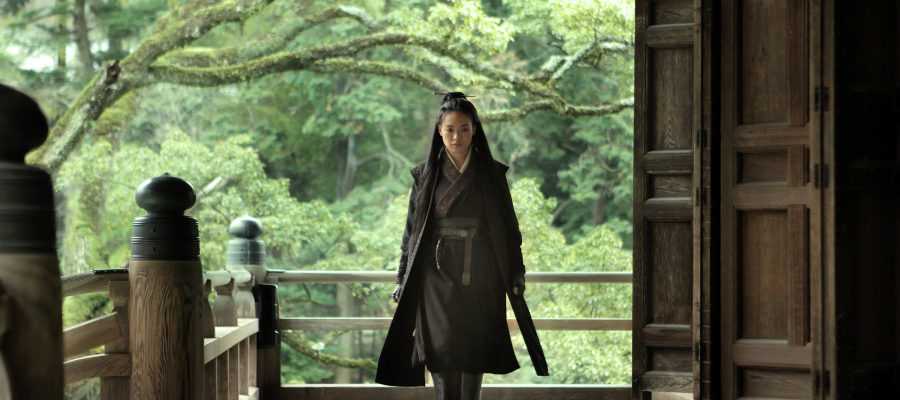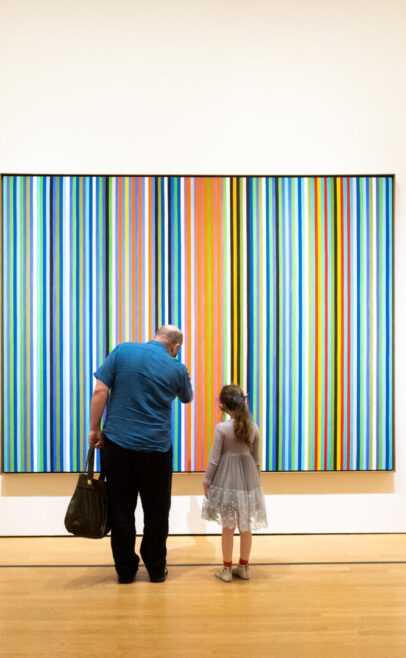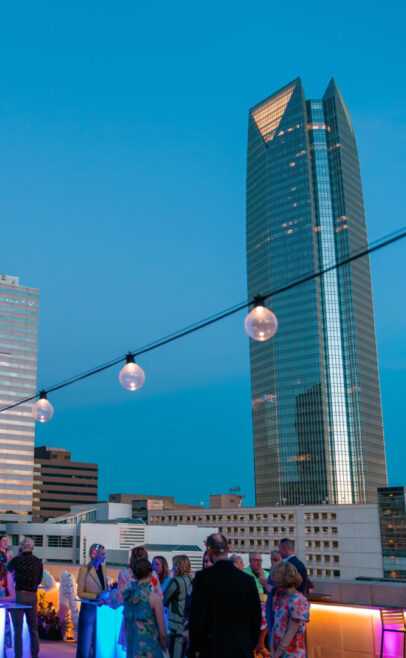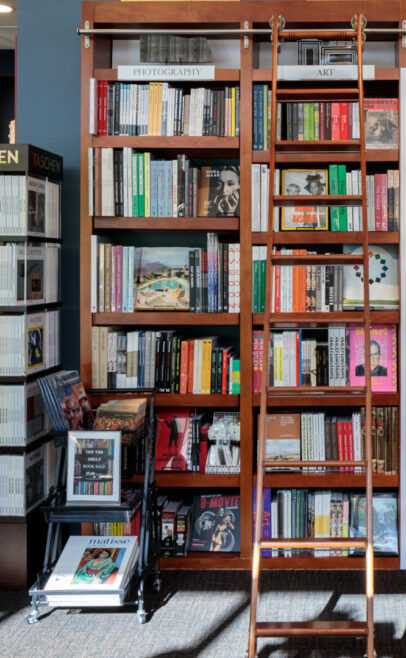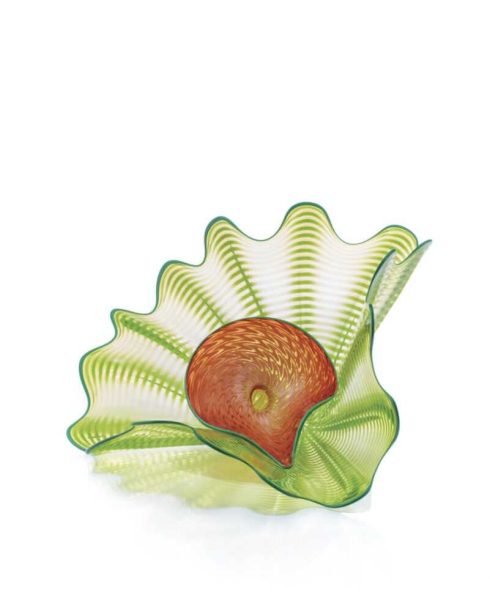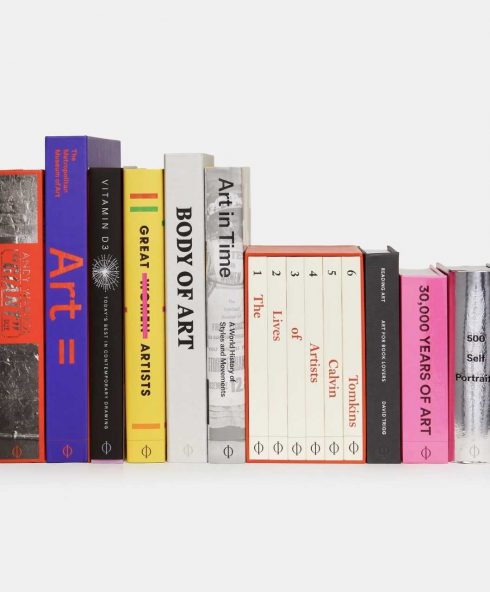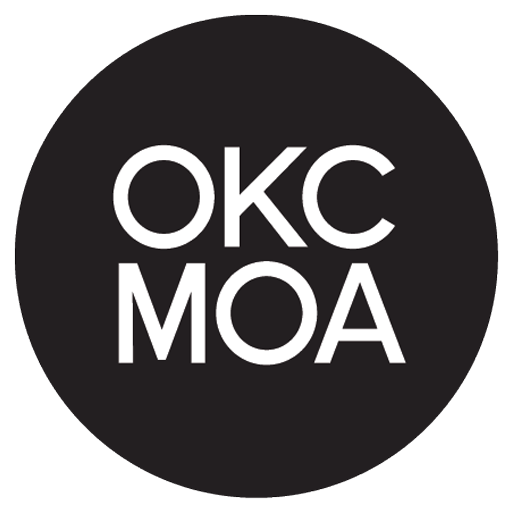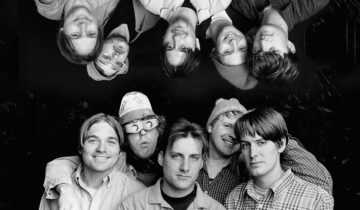In his essay, “Nature Caught in the Act: On the Transformation of an Idea of Art in Early Cinema,” Nico Baumbach provides a series of anecdotes that speak to one of the earliest sources of spectacle in the moving image arts, one that has been all but forgotten in the 120 years since the medium’s birth. Baumbach repeats a well-known story about George Méliès (A Trip to the Moon) who, while in the audience of the first projected film in 1895, discovered his own destiny to become a filmmaker by noticing the moving leaves in the background of a Lumière brothers’ actualité. Reading about the same program in the decades to follow, film writer Georges Sadoul took notice of the fact that newspapers reported on “the trembling of the leaves through the action of the wind” (Sadoul quoted in Baumbach, 107); while D. W. Griffith (Intolerance), the father of the American cinema, went so far as to insist, in 1944, that “What the modern movie lacks is beauty – the beauty of the moving wind in the trees” (Griffith in Ibid.).
Baumbach’s archeology of early cinema spectatorship calls attention to one of the most essential and least considered properties of film-art, one that was, naturally, immediately of interest to the medium’s first consumers: that, as a direct, indexical reproduction of the real world, everything was animated (or at least appeared to be) in the same manner as it was in nature. Bodies, yes, could move, perform for the camera; but beyond this, behind this, there was a wealth of seemingly extraneous detail that nonetheless spoke to the core of what this new art was: the appearance of life, of a world captured by the motion picture camera. The flicker of a leaf in the wind wasn’t just an essentially invisible detail confined to the recesses of the frame. It was the very substance of what this new art could do; it was the substance of its unique beauty.
***
Before I proceed with my analysis of Hou Hsiao-hsien’s newest masterpiece The Assassin (2015), a work released twelve decades after the Lumières introduced a new art to the Parisian public, let me first provide the reader with more insight into the great director’s filmography, and a sense of the framework upon which The Assassin is constructed, namely its narrative. (By insisting on the word framework, I am, at the outset, arguing that the film’s plot and story are of only secondary, supporting interest to the director, that they afford him the context to make a film about what really interests him—and that this is not only defensible, but rather a virtue of a work that overflows with beauty, and with ideas about what cinema is, at its most fundamental level.)
Hou Hsiao-hsien was born in China in 1947, and fled along with his family to Taiwan one year later, during the Chinese civil war. His experiences as an immigrant child and adolescent in Taiwan are fictionalized in one of his supreme masterpieces, A Time to Live and a Time to Die (1985), which screens on 35mm at the Museum next month as part of a traveling international program, “Also like Life: the Films of Hou Hsiao-hsien,” organized by Richard Suchenski of Bard College. Hou had made his first full-length feature five years earlier, completed his “coming-of-age” trilogy with the outstanding Dust in the Wind (1986), also playing at the Museum in December, and by the end of the decade was established as one of the leading directors on the world art-cinema scene—thanks especially to his formally brilliant and politically controversial look at Taiwanese history, Venice top-prize-winner, A City of Sadness (1989). In the meantime, Hou, along with his friend and collaborator Edward Yang (A Brighter Summer Day, 1991), was responsible for launching the Taiwanese New Wave, which helped not only to establish Taiwanese film internationally, but Asian art film as the leading force in contemporary world cinema. Thirty years on, there’s little evidence that Asia doesn’t still hold this top position.
Into the 1990s, Hou would continue in his exploration of Taiwanese history in masterpieces such as The Puppetmaster (1993), while his predilection for reinventing the language of his art based on the subjects of his films picked up pace with the great Goodbye South, Goodbye (1996) and Flowers of Shanghai (1998); in the latter case, Flowers of Shanghai, Hou adopts a languid, long-take style that matches the opium dens of the film’s subject matter. Flowers of Shanghai was, for this writer and many others, one of the two or three best films of its decade. A similar fusion of form and content would continue to obtain throughout his work of the 2000s, beginning with the repetitive techno scoring of Millennium Mambo (2001), another December 35mm feature at the Museum, which matches the lack of personal development of the film’s young lead, Shu Qi. Even if Hou’s films of the early 2000s did not quite match the formal brilliance of his film art from the late 1980s and 1990s, the absolute rigor with which he pursued his subjects continually reaffirmed his position as one of the greatest directors working anywhere.
***
Set within China’s Tang Dynasty, amid a period of political instability sometime during the 9th century, The Assassin, Hou’s first film in eight years, focuses on Nie Yinniang (Shi Qi; The Transporter, Millennium Mambo), a young woman who was kidnapped from her decorated-general father as a ten-year-old, and trained in the lethal martial arts. Dispatched by her kidnapper, a nun named Jiaxin, to assassinate a rival politician, Yinniang fails to complete her mission when she discovers her target holding his son. Responding to her failure, Jiaxin punishes Yinniang by sending her to kill the man to whom she was once betrothed, her cousin Tian Ji’an (Chang Chen, Three Times).
All of this happens rather quickly, in a high-contrast, black-and-white passage that director of photography Mark Lee Ping Bing shoots in an Academy ratio. With Yinniang arriving in Weibo, the province of her birth and home to Lord Tian, Hou’s film shifts to the exquisite color cinematography that will bring its meticulously detailed 9th century setting into robust existence. As The Assassin progresses, a narrative pattern more familiar to Hou’s films (i.e. Goodbye South, Goodbye, Flowers of Shanghai, Millennium Mambo) commences: Yinniang fails to complete her mission in a series of aborted ambushes. In the meantime, Tian banishes one of his more outspoken cabinet members, an action that will lead to one of the film’s sporadic bursts of martial arts action.
This latter set-piece is a reminder that Hou is working in a generic context, namely that of the wuxia martial arts film, of which his film is profoundly (and characteristically) atypical—inasmuch as he opts to de-emphasize martial combat, pushing the action, on those relatively rare occasions when it is presented at all, well into the distance, in a forest glade for instance. What seems to interest the director in the martial arts genre, rather, are the antipodes that structure its narratives—stillness and motion—which the filmmaker manages to conjure in an individual frame, and even a single detail. In this sense, Hou undermines his genre’s governing contradiction.
The Assassin’s generically determined lead characterization, as a bird (or butterfly) in flight, and an invisible presence, is more important still in explaining the content of Hou’s imagery—which, much more than the film’s plot, comprises its essential substance. If indeed The Assassin can be said to be about anything in particular, it is the range of details that fall within what amounts to a single fetish: those things that call to mind invisible presence, an unseen world, ‘the beauty of the moving wind in the trees.’ Indeed, in one frame after the next, Hou presents details such as a candle’s flickering flame, a silk curtain rippling lightly in the breeze, fog dancing, circling over the surface of a lake, or a branch animated by an invisible wind. (Similarly, snippets of dialogue—“I sensed someone watching over me”—conspire to extend the same motif, and effectively signpost Hou’s thematic key.) In every instance, these details aren’t just there for tone or texture; they are, in a very real sense, what this film is actually about. Hou is making his film for these aestheticized moments, these passages of pure beauty that gesture back to the medium’s origins.
120 years after the birth of a new art form, Hou has made the most aesthetically rigorous (and for this writer, most purely attractive) film of its year by exhaustively fetishizing its first, flickering source of spectacle. Story and action-spectacle recede as Hou attends to what is truly irreducible in the art, the appearance of a world reproduced exquisitely. The Assassin points, once again, as Hou has so many times over his magisterial career, to the prospect of another kind of cinema, one that brings the viewer in touch with her senses and a world overflowing with incredible beauty; one where the time doesn’t just pass, but rather stops to behold the ‘beauty of the moving wind in the trees.’
***
The Assassin screens on Thursday, November 12th at 8 p.m.; Friday, November 13th at 5:30 p.m.; and Saturday, November 14th at 5:30 p.m. Click here to purchase your tickets.
A Time to Live and a Time to Die screens once, on 35mm, on Friday, December 4th at 8 p.m. Dust in the Wind screens once in that same format on Saturday, December 5th, at 5:30 p.m.; and Millennium Mambo screens on 35mm on Sunday, December 6th, at 5:30 p.m. only. Tickets for these three Hou masterworks will soon be available on this same site.
